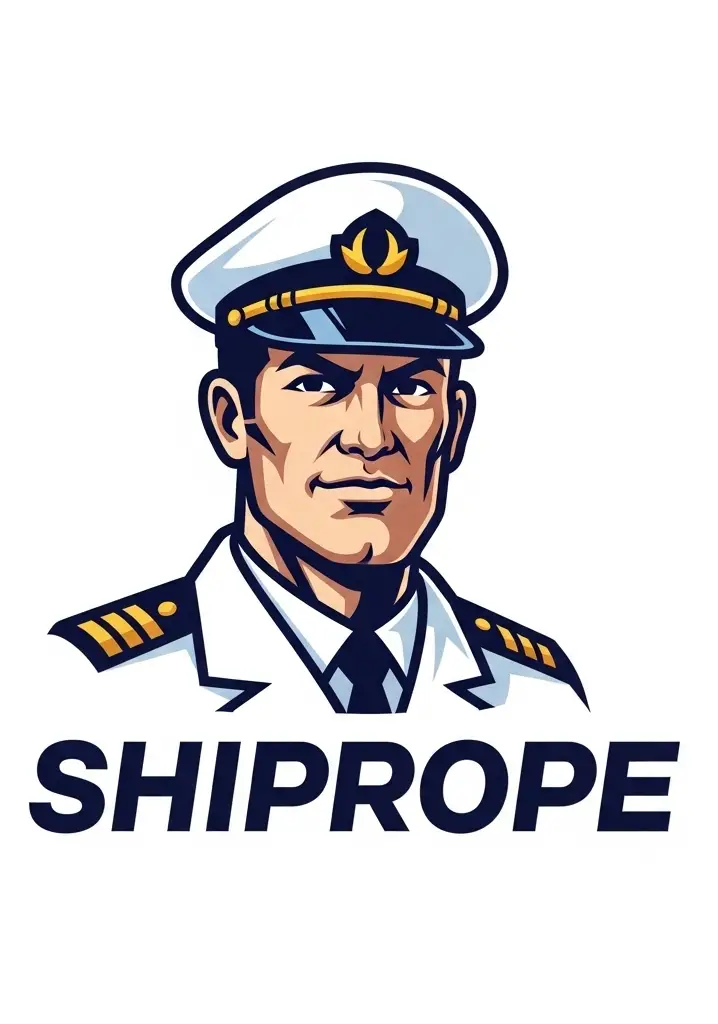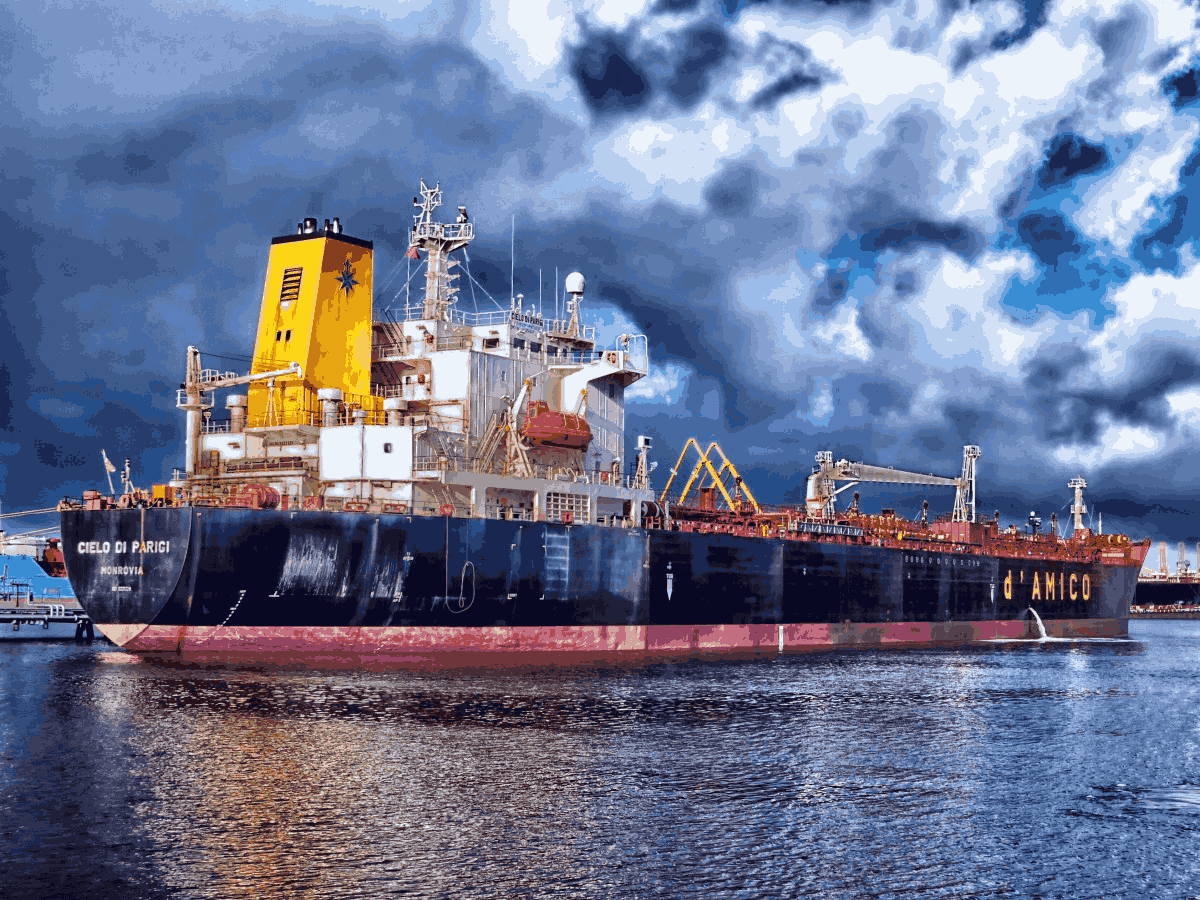SOPEP Equipment Used on Ships: A Comprehensive Guide
| Equipment | Purpose |
|---|---|
| Scupper Plugs | Prevent oil from entering drainage systems |
| Air-driven Pumps | Used for oil recovery and transfer |
| Drums for Recovered Oil | Storage for collected oil waste |
| Scoops/Shovels | Used for handling oil-contaminated materials |
| Brushes | Cleaning surfaces affected by oil spills |
| Plastic Buckets | Transporting oil spill materials |
| Squeegees | Removing oil from surfaces |
| Sorbent Pads | Absorbing oil spills |
| Sorbent Booms | Containing and controlling oil spread |
| Sorbent Rolls | Large-scale oil absorption |
| Oil Spill Dispersant | Chemical used to break down oil spills |
| Jet Spray Pump | Applying oil spill dispersant |
| Protective Clothing | Gloves, coveralls, boots, goggles for safety |
| Oil Absorbent Granules | Additional absorbent material |
| Rags | Cleaning and wiping oil spills |
| Sawdust | Used for absorbing oil |
| Special Gloves | Long-sleeved gloves for handling oil spills |
| Large Aprons | Protection for personnel |
| Tools for Oil Sampling | Equipment for collecting oil samples |
| Dry Sand | Used for containment and absorption |
Maritime operations have long been associated with environmental responsibility and safety. Among the many frameworks supporting these efforts is the Shipboard Oil Pollution Emergency Plan (SOPEP). Designed to combat oil pollution incidents effectively, SOPEP plays a critical role in safeguarding marine ecosystems while ensuring compliance with international maritime regulations.
But what exactly comprises a SOPEP kit, and why is it vital for ships? This guide dives into the details, providing a thorough breakdown of the SOPEP equipment used on ships, their significance, and how they contribute to environmental protection.
What is SOPEP and Why Is It Important?
SOPEP is a vital component of a ship’s emergency preparedness plan, mandated by the International Convention for the Prevention of Pollution from Ships (MARPOL 73/78). Its primary goal? To empower mariners with the tools, knowledge, and structure to effectively address oil spills at sea or in the port.
The plan outlines procedures, responsibilities, and equipment that crew members must utilize during pollution emergencies. From reducing the impact of oil spills to adhering to international safety regulations, SOPEP ensures maritime professionals are equipped to act promptly and effectively.
At its core, SOPEP is more than just a compliance measure—it’s a lifeline for our oceans and marine biodiversity.
Components of a SOPEP Kit
A crucial part of the SOPEP framework is the SOPEP kit, a collection of equipment specifically designed to control and manage oil pollution events. Each tool and item has a unique purpose, tailored to address different aspects of spill containment and clean-up. Here’s what to expect in a standard SOPEP kit:
- Oil Containment Equipment
- Oil booms are floating barriers designed to contain and limit the spread of oil on the water’s surface. They’re particularly effective in calm waters or port environments.
- Absorbent pads and rolls soak up oil with high efficiency while avoiding water absorption. These are ideal for localized clean-up efforts.
- Skimmers help separate oil from water, collecting it for proper disposal.
- Personal Protective Equipment (PPE)
Safety comes first! Every SOPEP kit includes PPE such as gloves, boots, goggles, and coveralls to ensure crew members remain protected while performing clean-up operations.
- Dispersants and Applicators
While used selectively, dispersants help break down surface oil, promoting its natural biodegradation. They’re often deployed using spray equipment to ensure even coverage.
- Drums and Waste Containers
Proper disposal is critical to maintaining compliance and minimizing environmental harm. SOPEP kits provide specialized containers for collecting recovered oil and debris during clean-up operations.
- Spill Response Tools
- Scuppers plugs/covers prevent oil from entering the bilge or water drainage system.
- Shovels, buckets, and scoops are used to manage solid contaminants or debris associated with the spill.
- Emergency Lighting and Signaling
Visibility is essential during spill response efforts. A SOPEP kit often includes high-visibility LED lights, beacons, or hand flares to aid operations conducted after dark or in low-visibility conditions.
- Documentation Supplies
Every oil spill incident requires accurate record-keeping. The kit includes logbooks, checklists, and inventories to document the response process for regulatory bodies.
- Communication Equipment
Coordinating an emergency response often requires reliable communication tools. Radios or portable transmitters are often part of a SOPEP kit to ensure seamless interactions between the crew and external agencies.
Detailed List of SOPEP Equipment and Their Use
Here’s a complete list of the essential SOPEP tools and their specific applications during oil spill emergencies:
| Equipment | Purpose |
|---|---|
| Oil Absorbent Pads | Absorb oil from water and hard surfaces. |
| Oil Booms | Contain oil spills and limit their spread on the water’s surface. |
| Dispersants | Break up oil to hasten its biodegradation process. |
| Scupper Plugs | Prevent oil from draining into bilges or overboard areas. |
| Buckets and Shovels | Manually collect spilled oil or debris. |
| PPE | Ensure crew safety during response efforts (gloves, goggles, boots, etc.). |
| Skimmers | Remove and recover oil from the water’s surface. |
| Storage Drums | Store collected oil and contaminated materials for disposal. |
| LED Flashlights | Provide visibility during night or low-visibility operations. |
| Logbooks and Checklists | Record and report detailed response activities for compliance verification. |
Why Regular Maintenance and Inspection are Essential
Having SOPEP equipment on board is not enough; regular maintenance and inspections are essential to ensure their functionality during emergencies.
Unmaintained equipment can be more of a liability than an asset when time is critical. Here’s what your inspection process should include:
- Regularly check for wear and tear; absorbent materials, booms, and skimmers degrade over time.
- Ensure all dispersants are stored and sealed properly to avoid contamination.
- Test radios and communication devices to confirm they’re working optimally.
- Keep detailed maintenance logs for reference during inspections by regulatory bodies.
Proactive maintenance not only ensures compliance but also improves response efficiency when situations arise.
Real-Life Success Stories of SOPEP Deployments
The maritime industry has seen instances where SOPEP equipment prevented significant environmental disasters. Here’s one example illustrating its importance:
- Case Study – MV Serenity (2021)
After accidental discharge of fuel oil during bunkering operations, the crew of MV Serenity deployed oil booms and absorbent pads swiftly. Within hours, the spill was contained with minimal environmental impact. The carefully maintained SOPEP equipment onboard enabled the crew to act promptly, demonstrating a commitment to both compliance and environmental stewardship.
Such cases underscore the importance of readiness and well-maintained gear in avoiding catastrophic escalations.
Protecting Our Oceans Begins with SOPEP
From containing small spills to managing large-scale pollution events, SOPEP equipment forms the backbone of maritime environmental safety. Its use extends far beyond regulatory compliance—it’s about protecting marine ecosystems, upholding safety standards, and representing the maritime industry as stewards of our oceans.
Whether you’re on the bridge or in the engine room, SOPEP is your partner in ensuring a cleaner and safer marine environment.
Have thoughts or experiences with SOPEP equipment? We’d love to hear them! Leave a comment or reach out for further resources and services to refine your ship’s emergency preparedness.

